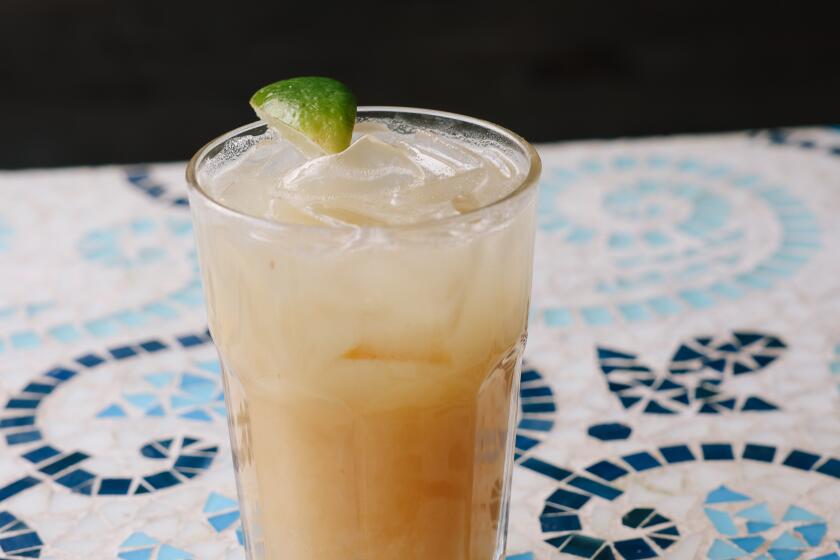Piyas

When you browse the menu at Nîroj Kurdish Cuisine in Agoura Hills, you’ll probably be tempted to order the cold mezze platter. It’s a colorful display of five dips served alongside a basket of warm homemade bread.
“Two of the dips, the hummus and baba ghanoush, are very Middle Eastern but I would not claim them as Kurdish,” says Nîroj chef-owner Luqman Barwari. But the other three — heşandin dip, piyas and Riha ezmê — are specific to Kurdish cuisine. “They are like recipes back home, but with my twist,” Barwari says.
Heşandin means “stuffed,” and the dip is similar to muhammara, containing a blend of roasted red peppers pureed with fresh carrots and walnuts, and flavored with notes of garlic, pomegranate molasses and a touch of Aleppo pepper. Piyas, meaning “onions,” is a vibrant sort of salad, a diced blend of colorful fresh bell peppers, red onions and parsley, brightened with a squeeze of fresh lemon and lightly sweetened with pomegranate molasses. Riha ezmê is named after the city of Riha, which is known as Urfa in Turkish. The dip, a puree of roasted peppers with a variety of fresh herbs, also has a hint of spice from pepper paste and ground Aleppo pepper. “Riha is where Aleppo pepper comes from, and I use the pepper a lot in my cuisine.”
Barwari, who has lived most of his life in the United States, is a former scientist but switched gears a few years ago to follow his other passion: cooking. “Being in America for so long, I realized how much we were lacking in good Kurdish food; no one really claims our cuisine here.”
Nîroj celebrated its fourth anniversary in February. The restaurant’s name is a take on “Newroz,” which means “new day” in Kurdish; the holiday, celebrated in a number of countries throughout the Middle East, commemorates the arrival of spring. “Each nation celebrates Newroz a little differently,”says Barwari. “The Kurds generally go out from the cities and villages to the mountains to picnic.
“The Kurds lived in Mesopotamia for thousands of years,” says Barwari. The area is mountainous, and the cuisine relies heavily on the plants and vegetables, herbs and spices collected locally. For Barwari, “Kurdish food is not very spicy, but it is the most flavorful, in my opinion, in the Middle East.” At Nîroj, Barwari has developed close relationships with many of the farmers at the nearby farmers markets, centering his dishes around the local produce.
Riha ezmê especially highlights the fresh herbs the chef finds at the markets, and he loves to eat it not just as an appetizer but also with his rice and as part of a wrap. “It’s not on the menu, but I make my own lavash, and I add the sauce, along with kebabs and vegetables and onions.” Sounds like perfect picnic food. “Yes,” he says, laughing. “It is.”
In a bowl, mix together the bell peppers, parsley and onion. Stir in the beans, Aleppo pepper, oil, molasses, sea salt and lemon. Taste, and adjust the seasoning and flavorings if desired. This makes about 2 quarts piyas, which will keep, covered and refrigerated, up to 5 days.
Get our Cooking newsletter.
Your roundup of inspiring recipes and kitchen tricks.
You may occasionally receive promotional content from the Los Angeles Times.
















